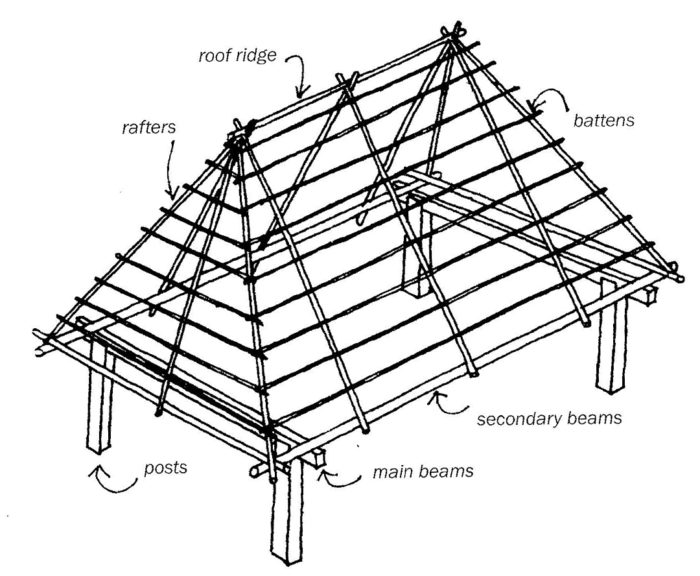
Image Credit: All images: Johan van Lengen
Green building enthusiasts come in two camps. Builders in the first camp follow programs that emphasize energy efficiency; those in the other camp are so-called “natural builders” who emphasize the use of materials like straw, mud, and sticks. (For an analysis of this split, see Low-Road Buildings Are Homeowner-Friendly.)
If you’re a natural builder working in a subtropical or tropical climate, you’ll probably love Johan van Lengen’s 2006 book, The Barefoot Architect. Readers who remember the 1970s would probably describe van Lengen’s book as a cross between Ken Kern’s The Owner-Built Home, Alicia Bay Laurel’s Living on the Earth, and a random 1971 issue of Mother Earth News. The book is inspiring; the line drawings are clear; and the tone is optimistic.
Van Lengen covers a lot: everything from making adobe bricks to building an inexpensive vegetated roof. In most cases, he provides just enough information to get a builder into trouble.
Who is van Lengen?
Johan van Lengen is an architect who was born in the Netherlands and educated in the United States. In the early 1970s, he emigrated from California to Brazil and devoted himself to developing housing solutions for poor rural communities. In 1987, he and his wife Rose van Lengen founded Tibá, an “eco-center” in the Mata Atlantica region of Brazil focusing on appropriate technology and natural building.
The Barefoot Architect is a handbook for rural builders in tropical climates. First published in Portuguese, the book has since been translated into several languages, including English. U.S. readers should note that van Lengen writes from the perspective of a resident of the southern hemisphere. (For example, the author assumes that the north side of a house is the sunny side.)
Who…
Weekly Newsletter
Get building science and energy efficiency advice, plus special offers, in your inbox.

This article is only available to GBA Prime Members
Sign up for a free trial and get instant access to this article as well as GBA’s complete library of premium articles and construction details.
Start Free TrialAlready a member? Log in





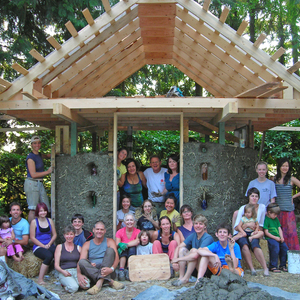
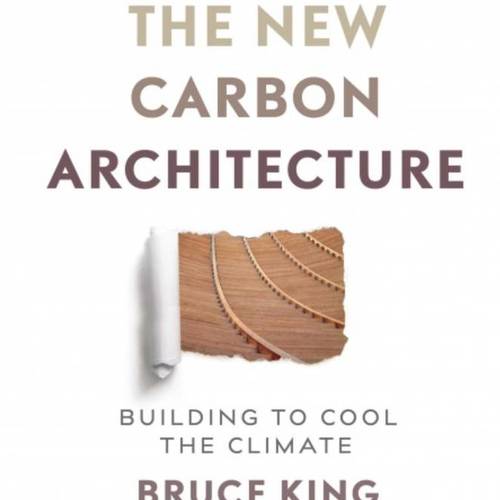
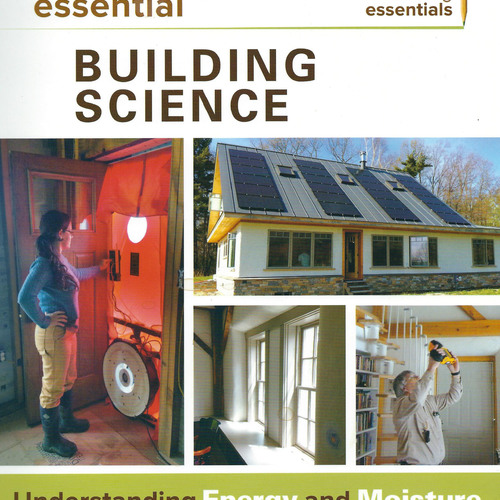
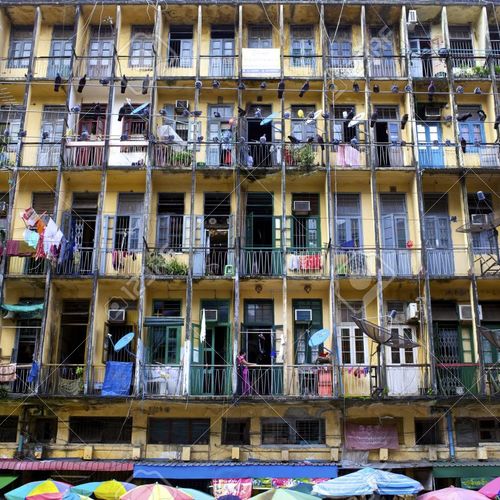






3 Comments
Hypocaust / ondol heating
Korean variants on that approach have been discovered that even pre-date the Roman empire, and it's still around today. (http://gwangjunewsgic.com/a-history-and-use-of-ondol-koreas-traditional-heating-system/ )
With the kind of air-leaky traditional houses found in rural Korea the risk of monoxide poisoning is pretty small. The same types of houses are often heated nowadays with unvented propane or kerosene space heaters, something that would never pass muster with US building code enforcement.
There is an ongoing interest in the US in site-built high efficiency high-mass "rocket stove" wood burners along similar lines, usually heating up a built-in architectural feature such as a bench, counter, or partition wall rather than the floor that are similar in principle to ondol heating, and comparable to high mass "Russian stove" type masonry heaters, which are often built into fairly tight houses, eg:
http://www.ernieanderica.info/rocketstoves
http://www.firespeaking.com/wp-content/uploads/2010/01/bench-stove.jpg
http://www.firespeaking.com/wp-content/uploads/2010/01/kitchen-complex.jpg
Response to Dana Dorsett
Dana,
When I lived in South Korea (I worked as an English teacher there in the early 1980s) I lived for several weeks in a yogwan (inn) that was heated by coal briquettes (see photos below). These coal briquettes are manufactured in South Korea, where they are known as yeontan.
The woman who operated the inn woke up each winter morning and inserted a few of these coal briquettes into an outdoor clay burner in the inn's courtyard. The burner heated water that circulated under the ondol floors of our rooms. These crude hydronic systems were at that time replacing the older hypocaust floors, but plenty of Korean homes still had hypocaust flues.
We used to read the Korea Herald newspaper. Every now and then there would be a story in the paper about another carbon monoxide death in Korea due to coal briquette fumes leaking through the flues of a hypocaust floor.
.
More on coal briquette heating in Korea
I found an online photo of a crude coal-fired hydronic system used in Korea. It's a simple stove that uses cylindrical coal briquettes. The stove has a water jacket, and the hot water circulates under flooring (a type of ondol).
The one I remember was made of clay, presumably with metal pipes embedded in the clay, but this simple stove seems to be made of steel.
.
Log in or become a member to post a comment.
Sign up Log in